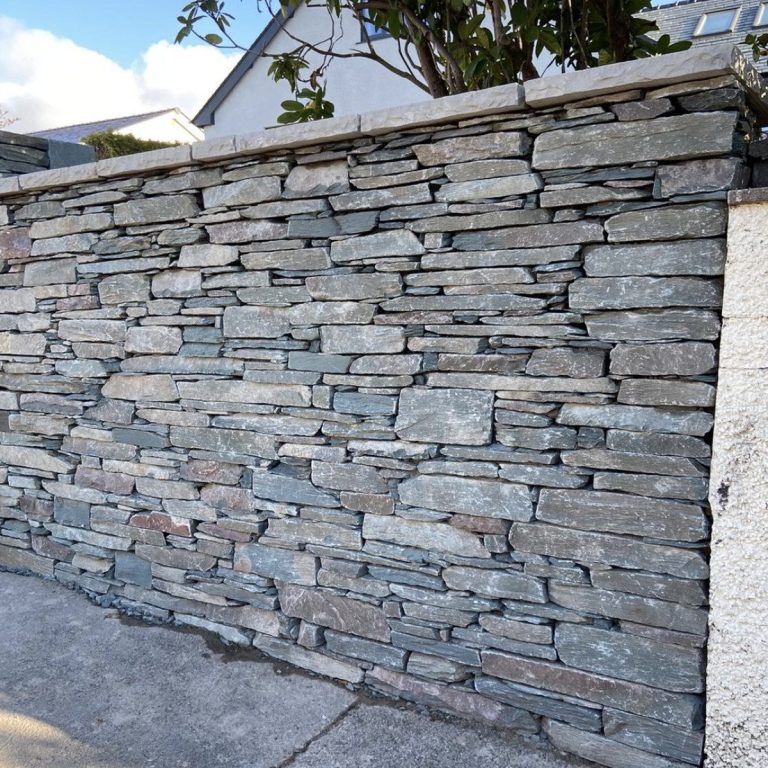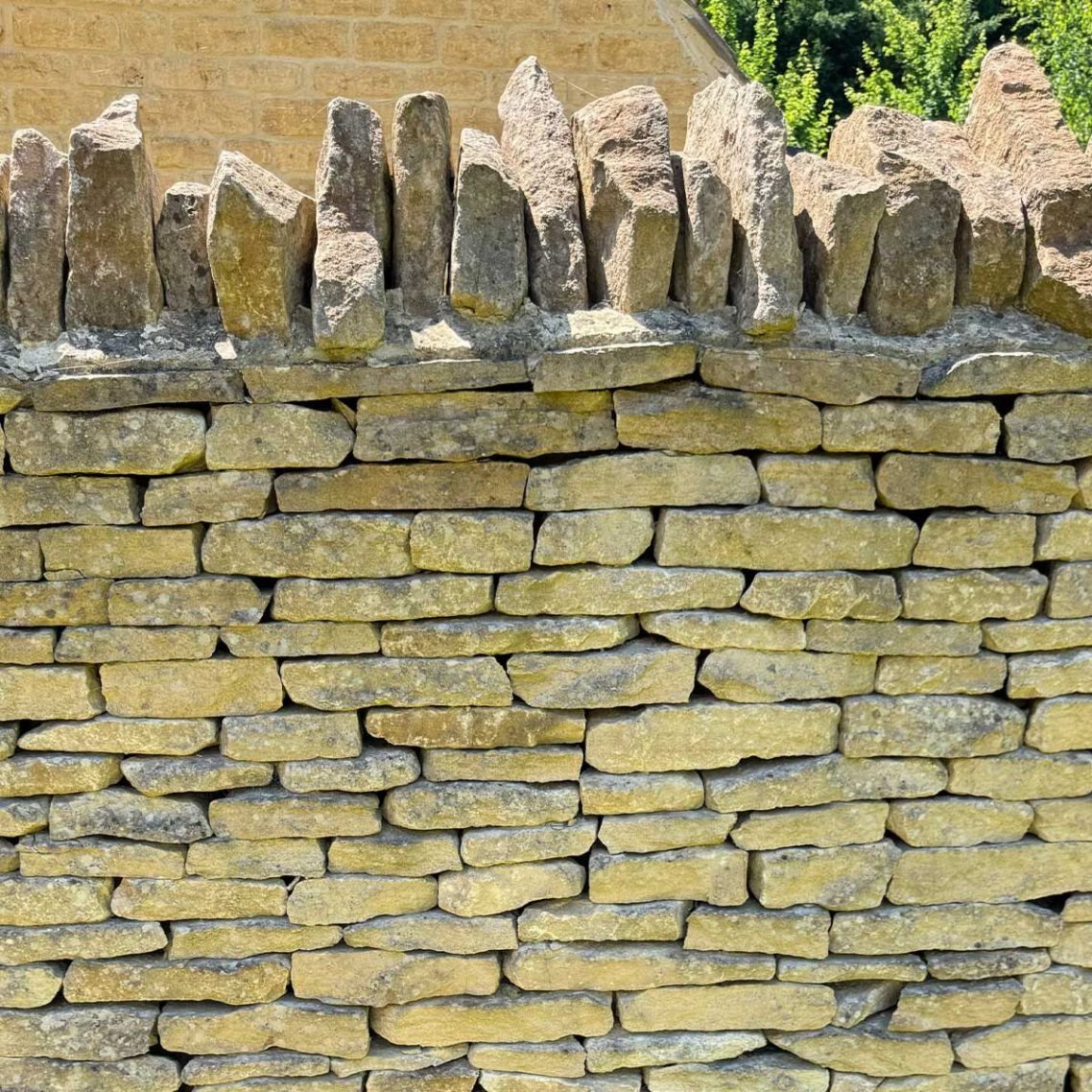Types Of Stone Used In Dry Stone Walling

Understanding the Different Types of Stone Used in Dry Stone Walling
By Chris J Wilson
Dry stone walling is an ancient craft that combines skilled workmanship with natural materials to create timeless, durable structures. At Chris J Wilson Building and Landscaping, we specialise in designing and constructing dry stone walls that not only stand the test of time but also enhance the beauty of the landscape.
One of the key elements in any dry stone wall is the type of stone used. Each stone type has its own unique characteristics, influencing the wall's appearance, strength, and how well it blends with the surrounding environment. Below, we explore the most common types of stone used in dry stone walling across the UK.
Choosing the Right Stone for Your Project
At Chris J Wilson and Landscaping, we help you select the best stone for your walling project based on:
Local stone availability
Wall purpose (decorative, retaining, boundary)
Desired look and feel
Budget and longevity
We pride ourselves on sourcing high-quality stone that complements both the architecture of your home and the natural surroundings.
If you're considering a dry stone wall for your property—whether it's a boundary wall, garden feature, or retaining structure—Chris J Wilson Building and Landscaping can help. With years of experience and a passion for traditional craftsmanship, we build walls that are as strong as they are beautiful.
📞 Call us today to arrange a consultation, or
📧 Contact us online to learn more about our dry stone walling services.
Chris J Wilson Building and Landscaping – Building strength and beauty into every stone.

Limestone
Best for: Cotswold-style walls, rural and garden settings.
Limestone is one of the most traditional stones used in dry stone walling, particularly in areas like the Cotswolds and Yorkshire Dales. It's relatively soft and easy to shape, making it ideal for creating tightly fitted joints without mortar.
Colour: Cream, yellow, light brown.
Texture: Smooth to slightly coarse.
Key Benefits: Easy to work with, visually warm, blends well into countryside settings.
Drawback: Slightly more porous than harder stones, can weather over time.
Sandstone
Best for: Decorative walls, natural landscapes, boundary walls.
Sandstone is another popular choice, found widely across the Peak District, Pennines, and parts of Scotland. It comes in a variety of shades and textures, offering a rustic and earthy look.
Colour: Ranges from red and brown to buff and grey.
Texture: Grainy and layered, often naturally split.
Key Benefits: Durable, weather-resistant, and aesthetically versatile.
Drawback: Some sandstones may erode or flake over time in very wet climates.


Slate
Best for: Contemporary garden walls, raised beds, terracing.
Slate is a fine-grained metamorphic rock that splits into flat, thin sheets. It's commonly used in Wales, the Lake District, and parts of Cornwall.
Colour: Dark grey, blue-black, green.
Texture: Smooth, layered.
Key Benefits: Neat, modern appearance; highly durable; easy to stack in flat layers.
Drawback: Can be slippery when wet; limited availability in some areas.
Granite
Best for: Heavy-duty retaining walls, high-wear areas.
Granite is one of the hardest natural stones available. It's especially common in Scotland and Devon, used where long-term strength and weather resistance are essential.
Colour: Light grey, speckled, sometimes pink or blue.
Texture: Coarse, crystalline.
Key Benefits: Extremely hard-wearing, virtually weatherproof.
Drawback: Difficult to shape; requires experienced hands to work effectively.


Fieldstone
Best for: Agricultural walls, rustic landscapes, eco-builds.
Fieldstone refers to stones gathered directly from fields or reclaimed from previous structures. These are often irregular in shape and size, making each wall truly unique.
Colour & Texture: Varies widely based on local geology.
Key Benefits: Low cost (if locally sourced), highly eco-friendly, authentic rural charm.
Drawback: Requires a skilled waller to fit irregular shapes securely.